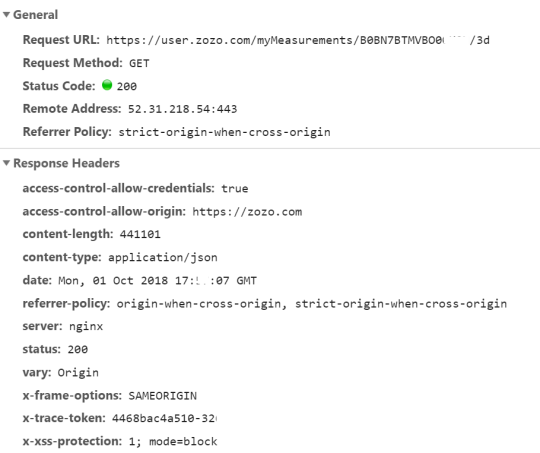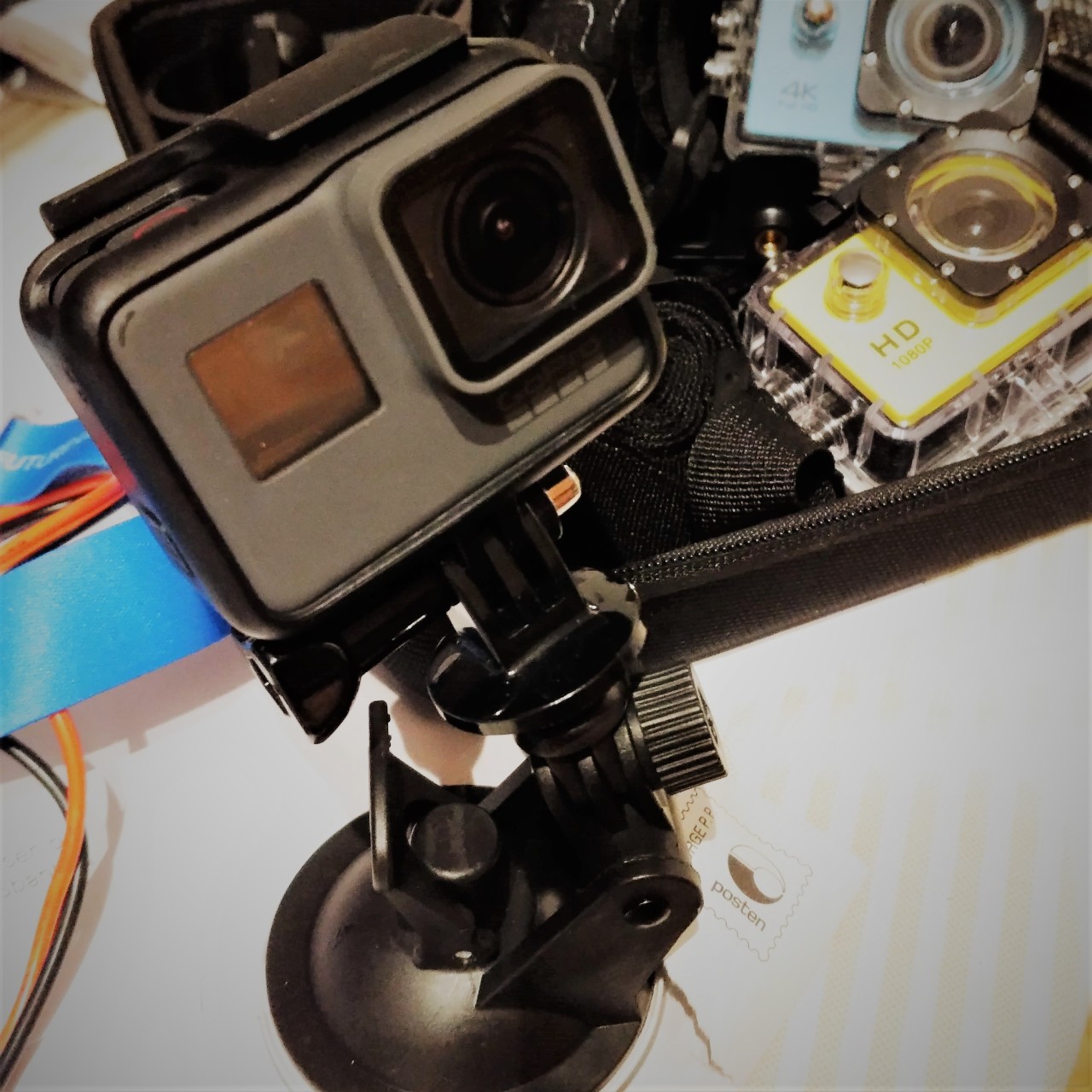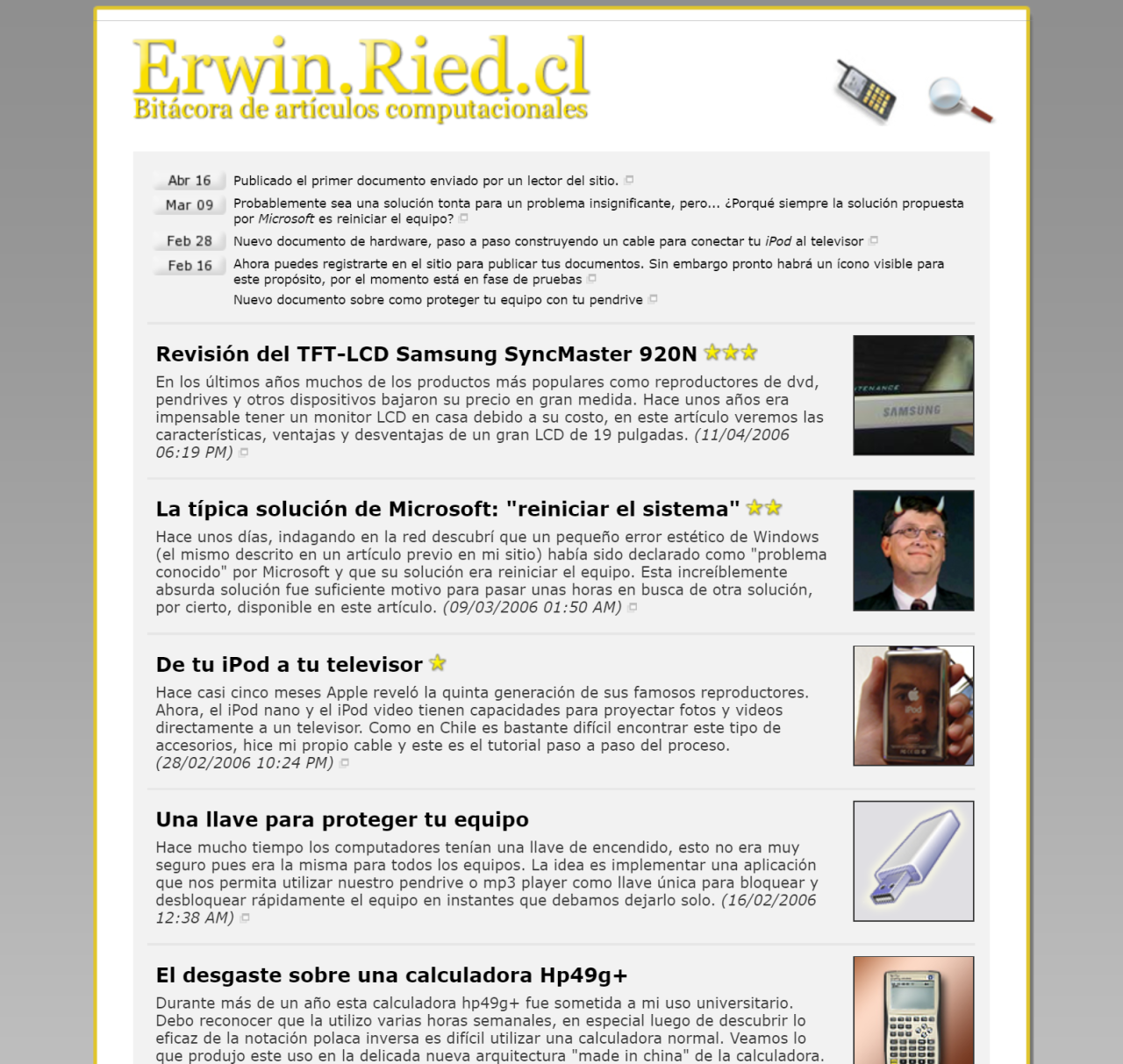A cool calculator challenge: Triconcours Universel
The guys in tiplanet.org always create very clever contests around calculators and this year they did it again. And I feel very connected to the calculators, so I had to attempt to solve their challenges:

The challenge this year is composed of three stages: Wisdom, Strength and Courage. An extra challenge around all them is translating the instructions from French.
Wisdom (Sagesse)
Didn’t had a clue with this one. It required additional effort from my side to understand the garbled google translation. So I just skipped this one.
Strength (Force)
From what I can say from the description indicates that you control 30 potentiometers with weird interconnections, with the goal of lighting the maximum amount of lights. Playing the game in your calculator goes like this:
- Run the app
- Type pot(number,value)
- See results/score
- Go to step 2
Of course it goes really slow. So the optimal solution is descramble the app code to understand the function they are using… but this is a lot of work! so I just decided to use bruteforce, starting with a random seed and iterating per potentiometer in increments of 1/34:
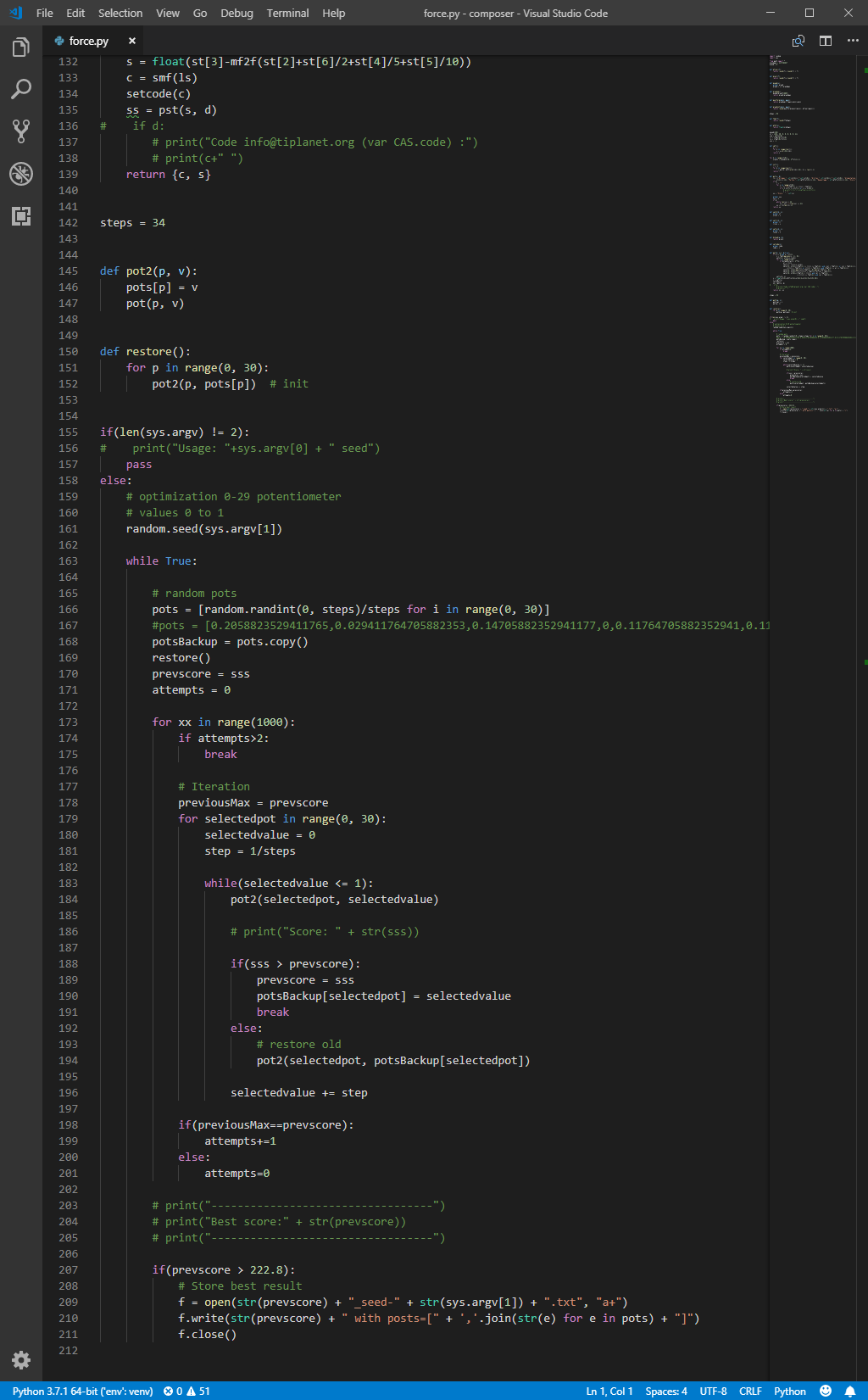
The script dumps the best combinations as .txt files. It was very exciting to check the new scores every morning. Like scratching a lottery ticket.
This is also slow, but is not THAT slow if you use multiples machines with multiple instances of the script running. You can even use your cluster made of old laptops that nobody wants in your office, laptops in beautiful racks made of cardboard:
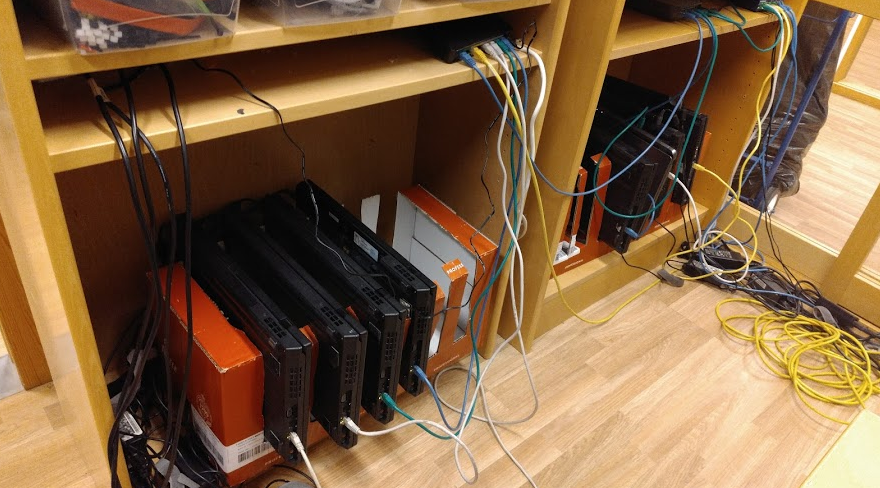
My score was not the best or near the first places, in fact was #6, but I had a lot of fun. Next time I will try to use less brute-force.
Courage
The description talks about our hero in a cloud having to visit spots in a map keeping the score as maximum possible. At first, it was difficult to understand, but you basically have a polar function that you modify with parameters and you have to go between specific points while completing the route.
I started analyzing the positions of the layout with a Travelling Sales man Problem solver:

But, then you have to restrict your solution to what is possible. Playing the game goes like this:
- Open the app
- Press Symb and enter a list
- See the updated map and score
- Press Symb again and modify the list
- Go to step 3
Some of the steps are quite slow, using the Calculator editor for lists is a pain, the brackets try to be smart, you have to copy the old list and change the ending of it to try different outcomes, etc.
So what was my solution this time?
A modified version of PrimeMon that also executed the code after you saved it in the HP Connectivity Kit. So you could have the list you were trying to edit and every time you hit Save, the HP Prime Virtual Calculator displayed the results instantly.
PrimeMon is a little tool that I wrote years ago, after PrimeComm (a much more complete toolset for the HP Prime) stopped working, that allows you to interface with the Virtual Prime for checking if you have syntax errors easily. This just exists because the HP Connectivity Kit editor is very primitive and does not check anything.
Using this little tool I was able to have a pleasant puzzle-like experience while watching a movie.

My score was again really poor, #10. But again, I had a lot of fun!
If I had to do it again, I would have coded a small routine to solve it in the calculator itself. That new modified app would wait for a screen tap and try to add elements (i.e. testing a range from -10 to 10) to the list keeping the distance as the minimum possible and stopping when is in radius of the tapped point.
Conclusions
Even when my solutions were lazy and poorly executed, I think this is the real nature behind the love for the calculators. Having doses of entertainment in a restricted environment.
It is so special to be in 2018 and still have contest like these french ones. I am happy for that today.



